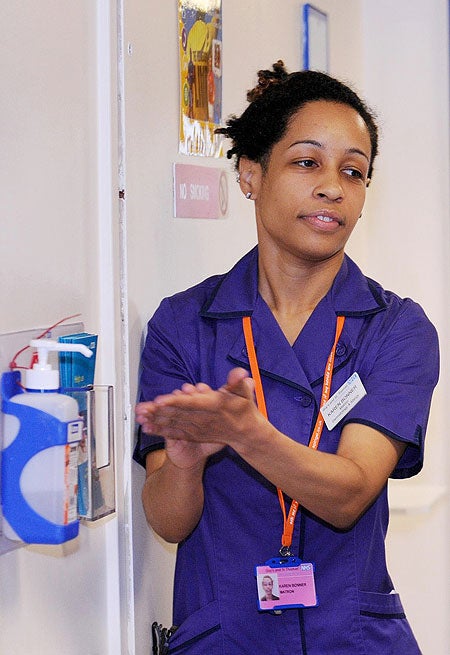Crowded wards 'add to patient infection risks'

Your support helps us to tell the story
From reproductive rights to climate change to Big Tech, The Independent is on the ground when the story is developing. Whether it's investigating the financials of Elon Musk's pro-Trump PAC or producing our latest documentary, 'The A Word', which shines a light on the American women fighting for reproductive rights, we know how important it is to parse out the facts from the messaging.
At such a critical moment in US history, we need reporters on the ground. Your donation allows us to keep sending journalists to speak to both sides of the story.
The Independent is trusted by Americans across the entire political spectrum. And unlike many other quality news outlets, we choose not to lock Americans out of our reporting and analysis with paywalls. We believe quality journalism should be available to everyone, paid for by those who can afford it.
Your support makes all the difference.Overcrowding of wards and staff shortages are contributing to a worldwide boom in hospital infections that are putting patients at risk, researchers say.
One in 10 patients admitted to hospital in Britain acquires an infection and the threat from MRSA and Clostridium difficile is the direct result of efforts to reduce beds and increase efficiency, the analysts report in The Lancet Infectious Diseases. In England, the number of hospital beds has been cut by more than 25 per cent since 1981, from more than 200,000 to fewer than 140,000, but patient numbers have soared.
The researchers, from the University of Queensland, Australia, say 71 per cent of NHS trusts exceeded the Government's target bed occupancy rate of 82 per cent.
Andrew Lansley, the Tory health spokesman, said: "Labour ... has failed to take even the most basic action to improve hospital accommodation and patients are living with the consequences."
Join our commenting forum
Join thought-provoking conversations, follow other Independent readers and see their replies
Comments